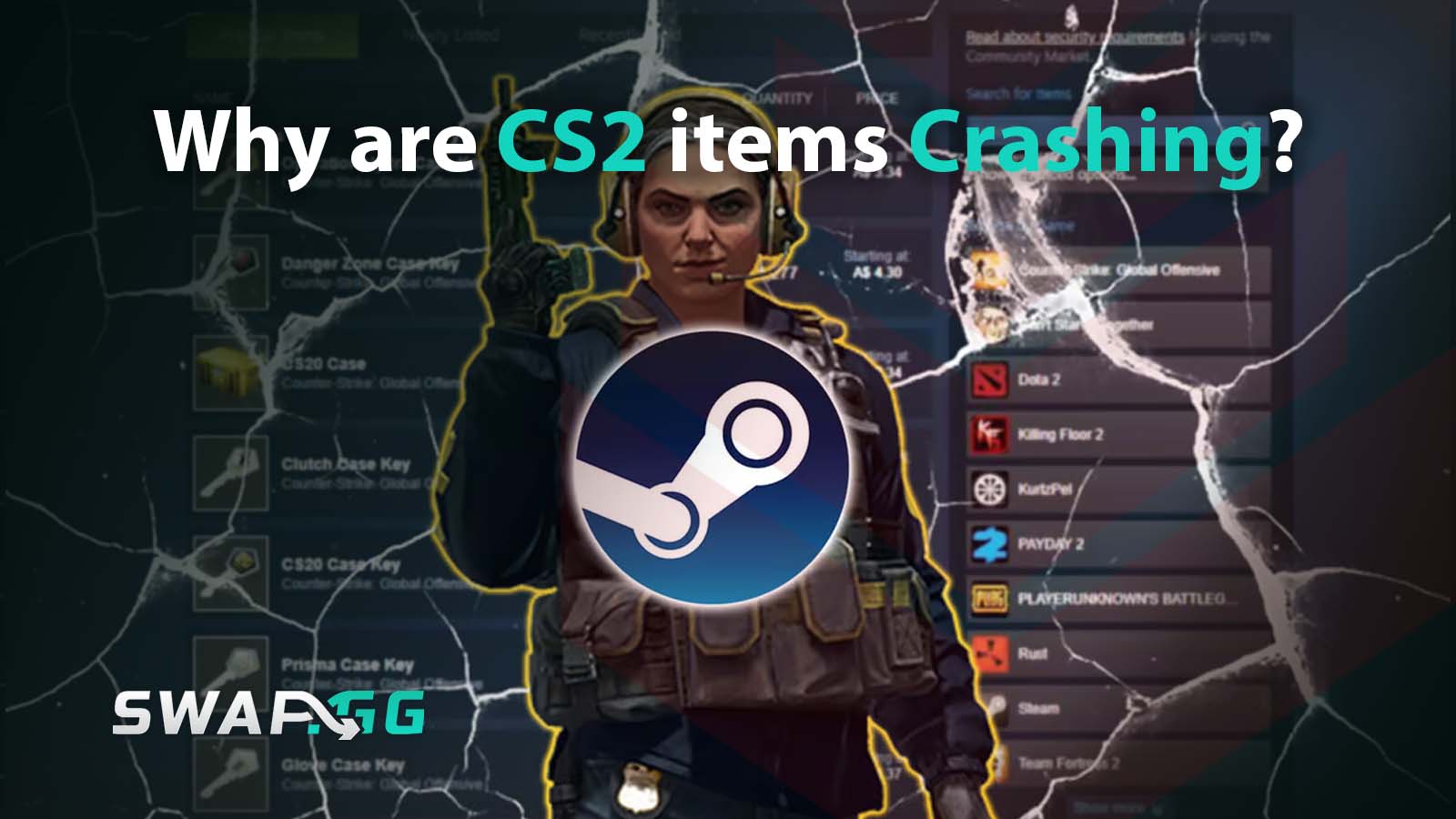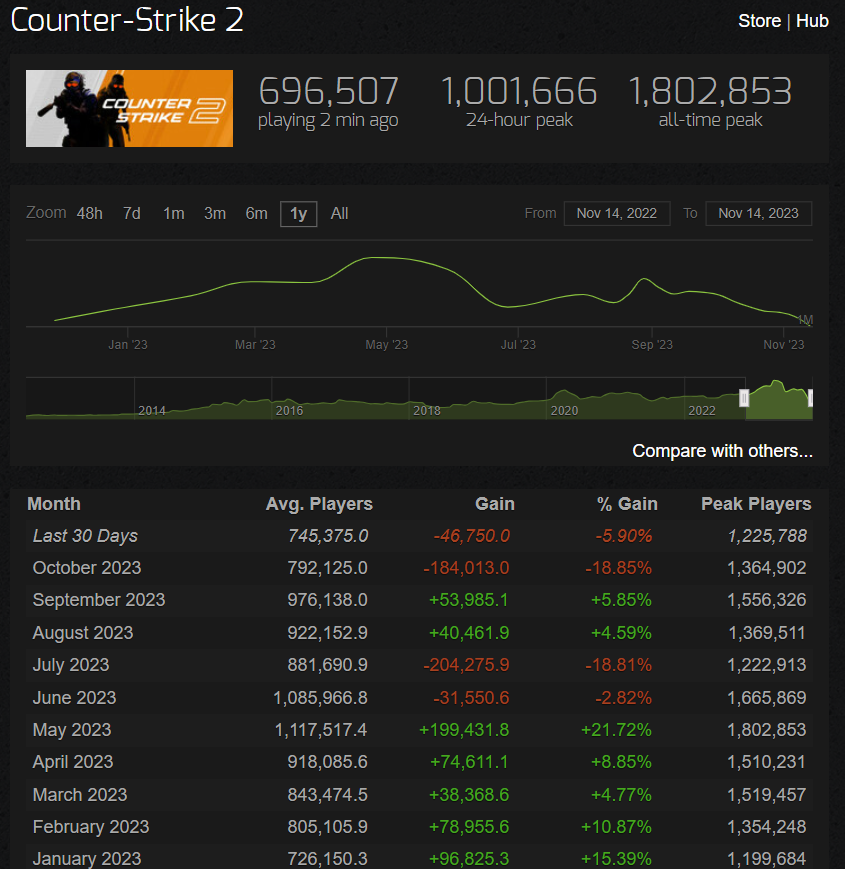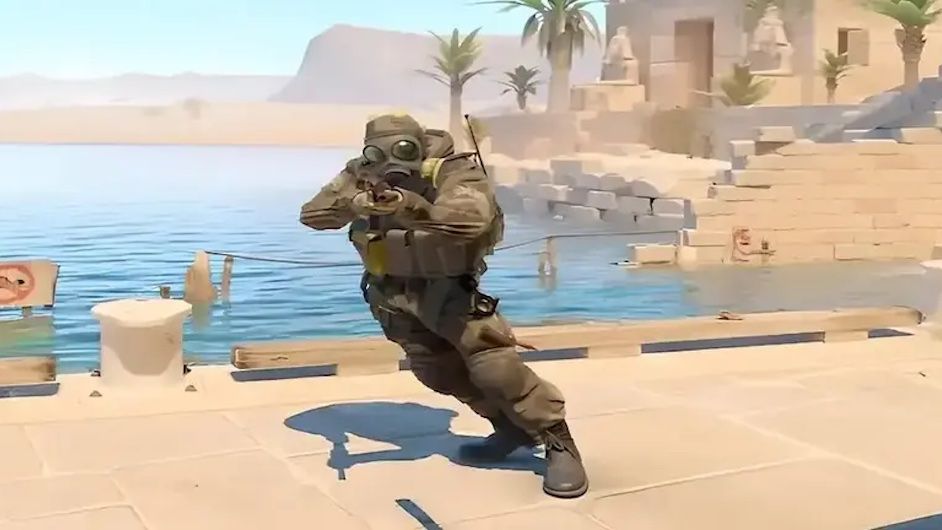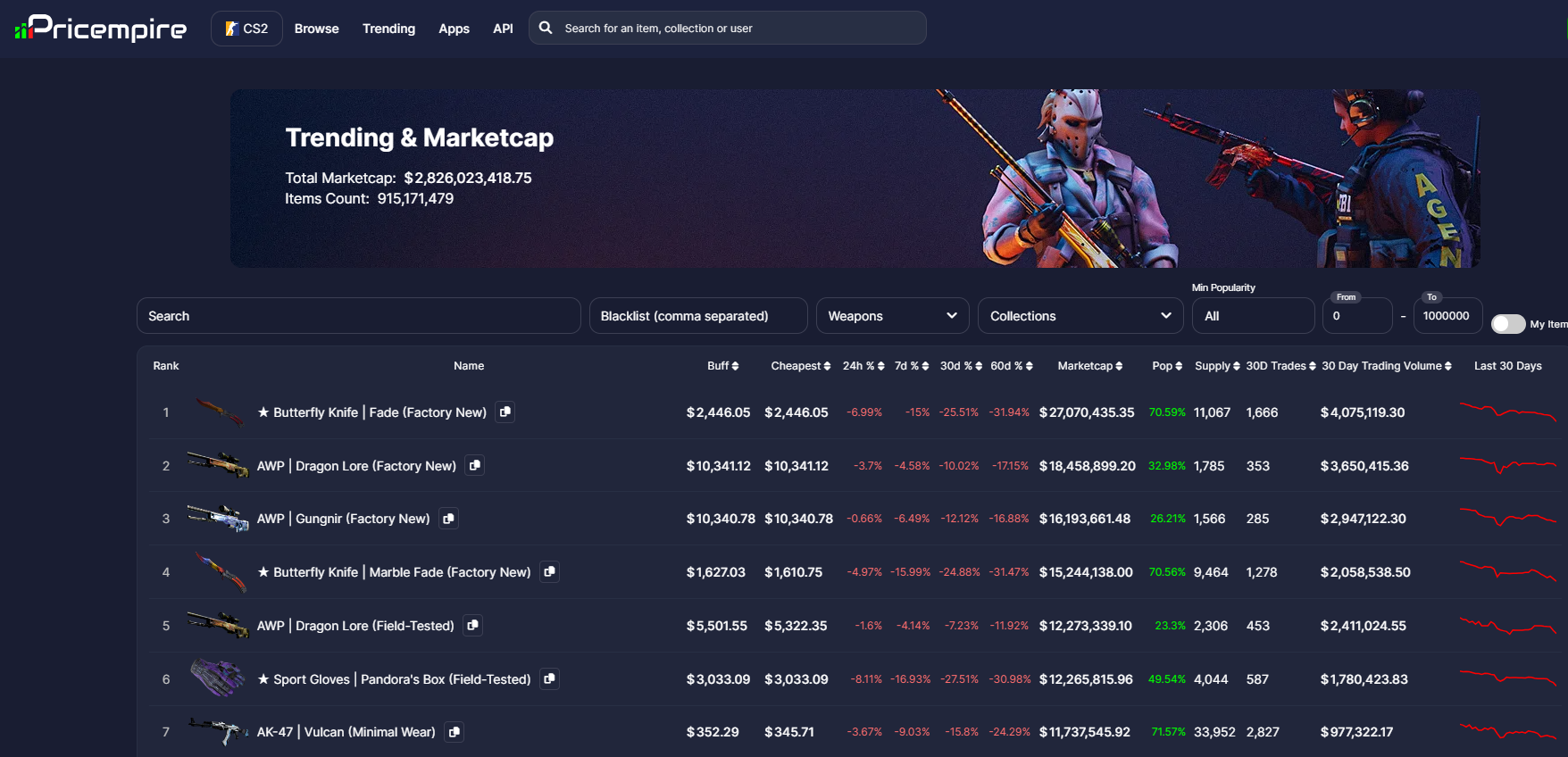CS2 Skin Economy - Why are CS2 items Crashing?

Posted on in Skins & Economy

In online gaming, few titles have captured the attention and enthusiasm of players and traders quite like Counter-Strike 2 (CS2). The game, launched in 2012, became a competitive esports sensation and birthed a vibrant in-game economy centered around coveted virtual items. The anticipation for a sequel, dubbed CS2, ignited a frenzy among players and investors, sparking a surge in the stockpiling of items ranging from iconic knives to rare skins. However, as the curtain lifted on Counter-Strike 2, the fervor gave way to an unexpected downturn in the item market. This article delves into the multifaceted reasons behind the crash in CS2 item prices, examining the intersection of player expectations, market speculation, and the challenging realities of the game's sequel. (Please remember that none of the information provided in this article should be used as financial advice; it is just an opinion-based article.)

Player Count
As whispers of Counter-Strike 2 circulated within gaming circles, the community's response was nothing short of seismic. The mere prospect of a follow-up to the wildly popular Counter-Strike: Global Offensive (CSGO), which had captured the hearts of millions since its 2012 debut, sent shockwaves across social media platforms. From Twitter to TikTok, discussions surrounding the rumored sequel proliferated, cultivating an atmosphere of eager anticipation. When Valve officially announced the arrival of Counter-Strike 2 on March 22, 2023, the social media buzz reached a crescendo, propelling not only discussions about the game itself but also intensifying interest in the associated item economy. This surge in online chatter, fueled by speculation and excitement, triggered a domino effect, with players and investors hastily stockpiling skins in the hope of using them in the highly anticipated sequel. Little did they know that the ensuing market dynamics would be far from the bullish trajectory they envisioned.
:max_bytes(150000):strip_icc()/law-of-supply-demand-final-6d3d58ceeb2b462d9a56f2f012641c5f.png)
The Law Supply and Demand
The meteoric rise in anticipation for Counter-Strike 2 set the stage for a market phenomenon governed by the fundamental economic principle of supply and demand. As the player base swelled in response to the impending sequel, the demand for CS2 items experienced an unprecedented surge. However, the issue's crux lies in this demand's speculative nature. Investors and players alike, influenced by the fear of missing out (FOMO), engaged in frenzied stockpiling, driving prices to precarious heights. The Law of Supply and Demand dictates that prices soar when demand surpasses the available supply. In this case, the supply of older CS items remained relatively stable, yet the artificial demand, fueled by speculation rather than organic need, pushed prices to unsustainable levels. This economic imbalance, coupled with the subsequent realities of Counter-Strike 2, would later trigger a corrective downward spiral in the CS2 item market.

Bugs, Glitches, and Issues
When Counter-Strike 2 finally exited the public beta and officially "launched" on September 27, 2023, it also launched with COUNTLESS bugs and issues not present in the previous game. This soured some new players who came to the game and ended up quitting CS2 shortly after starting it, as well as old players who were furious that Valved ruined Counter-Strike the way they did. Some dramatic issues that also plagued the game at the launch were the sub-tick servers not functioning as intended regarding muzzle flashes and bullet trajectories not lining up on the client and server.

It was not just gameplay that had severe glitches; many skins and stickers looked horrendous (and some still do) in the new game compared to the old game. When the game launched in September, the PENTA Sports (Holo) Katowice 2015 and many other stickers were utterly broken, as seen above. 2020 RMR Holos, for a few weeks in CS2, looked terrific compared to their CSGO counterparts, which subsequentially had the community pump the price of them... just for Valve to revert the way they look to be more in line with the ugly old way they looked in CSGO, and for speculators to lose money for FOMOing.

Short-Term Outlook
The short-term outlook appears challenging as the CS2 item economy grapples with the aftermath of a tumultuous launch. The confluence of panic selling, diminishing player base numbers, and persistent criticism regarding the lackluster game launch has created an atmosphere of uncertainty. While some traders are cautiously navigating the fluctuations, each dip in the market adds complexity to predicting whether it is nearing a bottom or if there is still a significant depreciation in the value of CS2 items. In the coming months, the market's resilience will likely hinge on Valve's responsiveness to community feedback and its commitment to addressing the game's issues.


Taking a Step Back
When taking a more significant step back and viewing the player count and economy of CS2, one can make a precise observation that we have come a LONG way. Even with all the chaos and disappointment that came with the launch of CS2, the launch of CSGO was not much better. When CSGO first launched, it was a buggy mess that divided the community between Counter-Strike: Source & Counter-Strike: Global Offensive.
However, with Valve committed to the franchise's success through updates and fixes, CSGO became the most popular game on Steam. As well, Counter-Strike 2 is still hovering around 750,000 average players, which, yes, is much lower than its peak but is still a +50% average increase compared to the player base in November of 2021. While the prices of items may still need to come down a bit from their frenzy highs, it is unlikely that the market will completely capitulate. Perhaps we will look back at this moment and time and realize that this was an excellent opportunity to buy the play skins you wanted to own.
A similar situation happened in 2017 and 2018 with the rise of battle royale games such as PUBG and Fortnite. The player base stagnated and decreased for an extended period, which resulted in the market also going down; just 5 years later, people wished they held the items they bought at the prices they were selling for back then.

Buying Items Through the Panic
If you actually have a passion for Counter-Strike and the items within it and are not just trying to make a quick buck off items in a game you do not care about, then this actually could be a great time to pick up some play skins you have been wanting but did not want to spread your wallet as wide as you would have needed to earlier this year.
Many items across the board are down 15-30% over the past 90 days, including high-tier items such as the AWP Dragon Lore, middle-tier items such as a Butterfly Knife Marble Fade, and lower-tier items like an AK Bloodsport. No matter your price range, items within those ranges are much cheaper now than they were only three months ago.

Conclusion
In the dynamic realm of virtual economies, the trajectory of CS2 item prices has resembled a rollercoaster ride shaped by the interplay of player expectations, market speculation, and the tumultuous launch of Counter-Strike 2. As players and investors navigate the uncertainties of the CS2 item economy, the lessons gleaned from CS2's resilience after its less-than-ideal launch offer insights into the potential trajectory of the current market. While the short-term outlook poses challenges, the enduring passion for Counter-Strike and its items remains a driving force. Whether this period heralds a rebound akin to past gaming market downturns or signals a new chapter in CS2's economic landscape, one constant prevails — those with a genuine love for the game have a unique opportunity to acquire sought-after playskins at more accessible prices. As the CS2 saga unfolds, only time will reveal whether this moment proves to be a fleeting dip or a strategic opportunity for savvy players and traders alike.
Posted on in Skins & Economy
![[THUMBNAIL] Is 7.1 Surround Good for CS2? The Reality Behind Virtual Audio](https://swap.gg/cdn-cgi/image/f=auto/https://blog.swap.gg/content/images/2025/12/Is-7.1-Surround-Good-for-CS2_.png)
![[THUMBNAIL] Is CS2 CPU or GPU-intensive? What Hardware Actually Matters](https://swap.gg/cdn-cgi/image/f=auto/https://blog.swap.gg/content/images/2025/12/Is-CS2-CPU-or-GPU-intensive_.png)
![[THUMBNAIL] What Is the Cheapest Knife in CS2? Your Complete Budget Guide](https://swap.gg/cdn-cgi/image/f=auto/https://blog.swap.gg/content/images/2025/12/cheapest-knives.png)